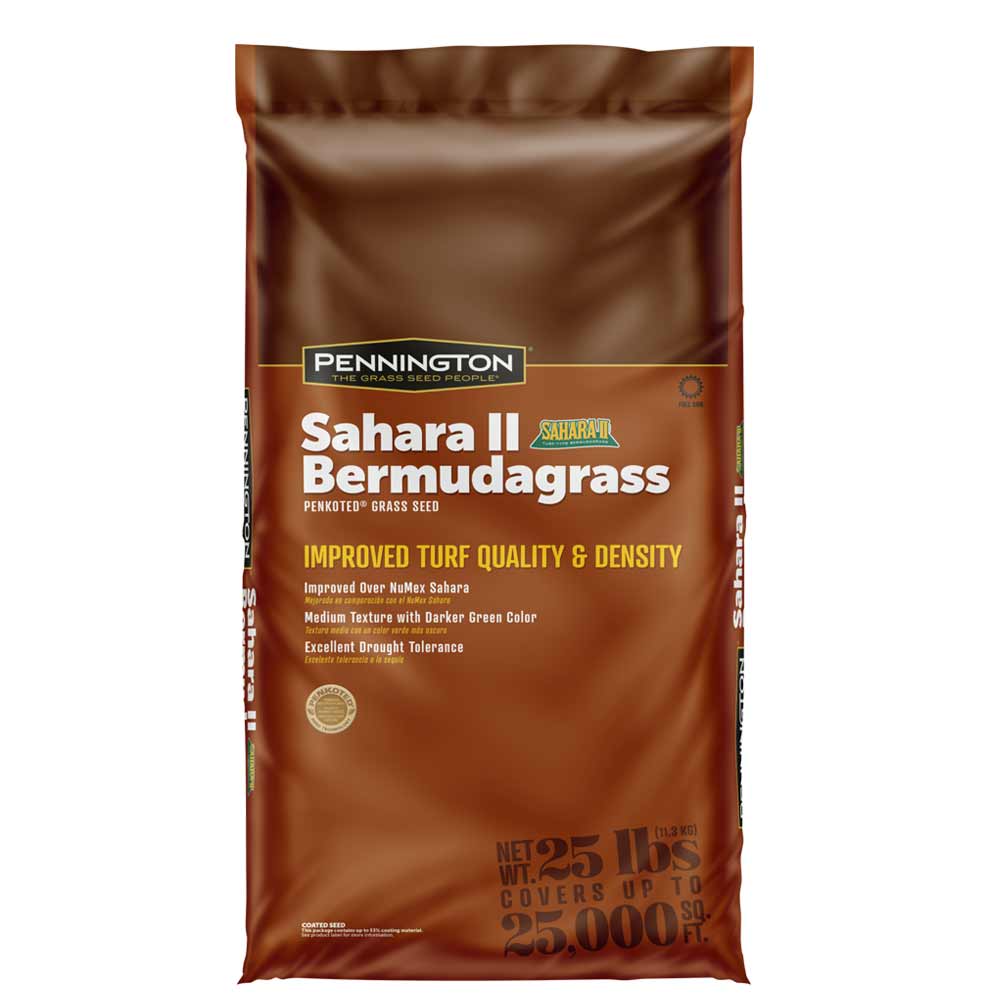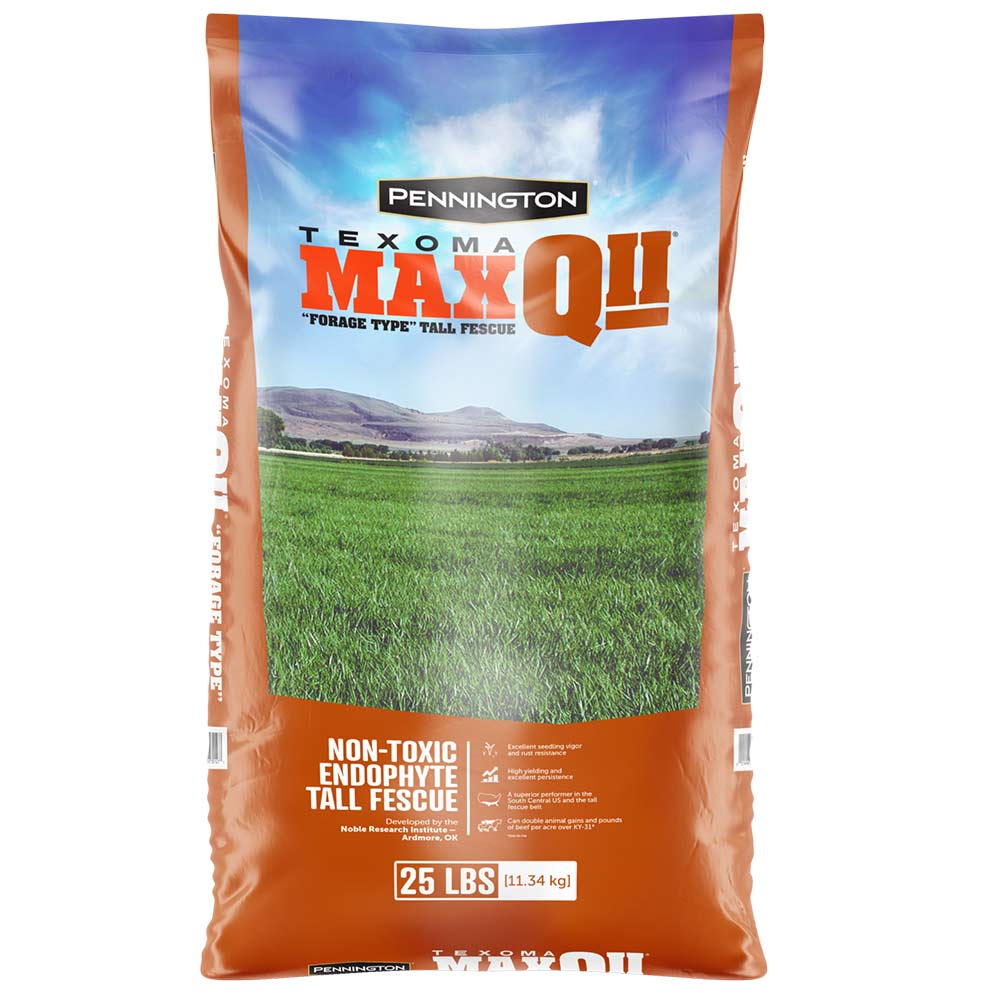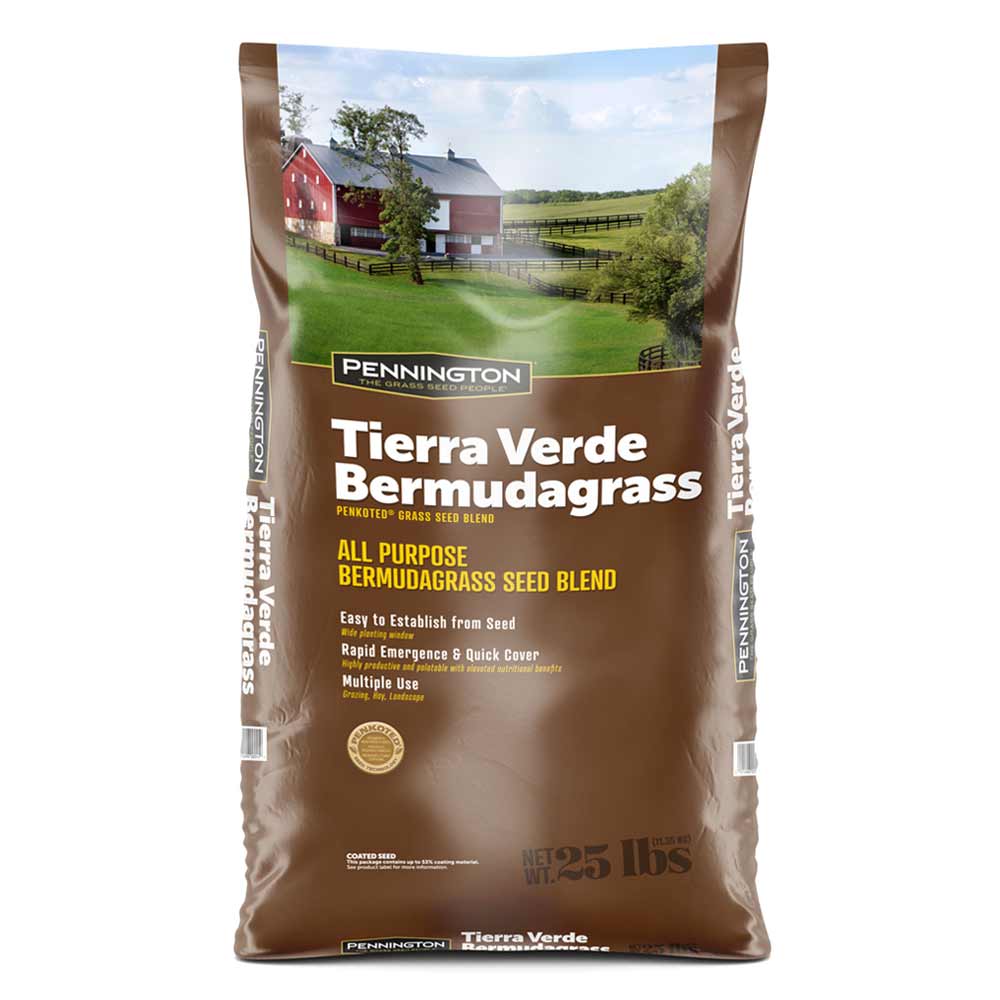Forage
Highest quality products are university proven and field tested.-
Cheyenne II Bermudagrass
Cheyenne II provides excellent pasture forage and hay yields and offers outstanding animal palatability with excellent leaf to stem ratio.
-
Durana Clover Forage
Durana was developed specifically for persistence and grazing tolerance. It performs well as a companion forage with warm and cool season perennial grasses. Durana is widely adapted with excellent animal acceptance and performance.
-
Jesup MaxQII
Jesup MaxQII is an excellent choice for livestock producers planting a novel endophyte tall fescue anywhere that tall fescue is grown.
-
Lacefield MaxQII
Lacefield MaxQII is a non-toxic novel endophyte tall fescue for livestock.
-
Passerel Plus Annual Ryegrass
Passerel Plus combines high yield with outstanding disease resistance and cold tolerance. It provides highly palatable and nutritious forage for multiple livestock species. Excellent for grazing, hay or silage.
-
Sahara II Bermudagrass
Sahara II multi-purpose seeded bermudagrass was developed for quick establishment and coverage along with good heat and drought tolerance and consistent high forage yield.
-
Texoma MaxQ II Tall Fescue Perennial Grass
Texoma MaxQ II is the next generation of non-toxic, novel endophyte infected tall fescue. It offers higher yields, superior animal performance and greater grazing persistence than both older and more recently released varieties of tall fescue.
-
Tierra Verde
Tierra Verde bermuda blend features two of Pennington's improved varieties of forage bermuda - Mohawk and Sahara II.


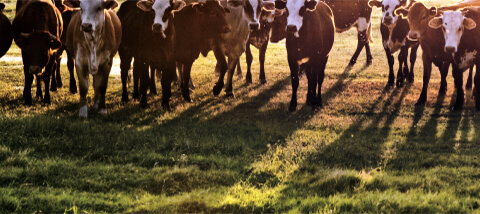
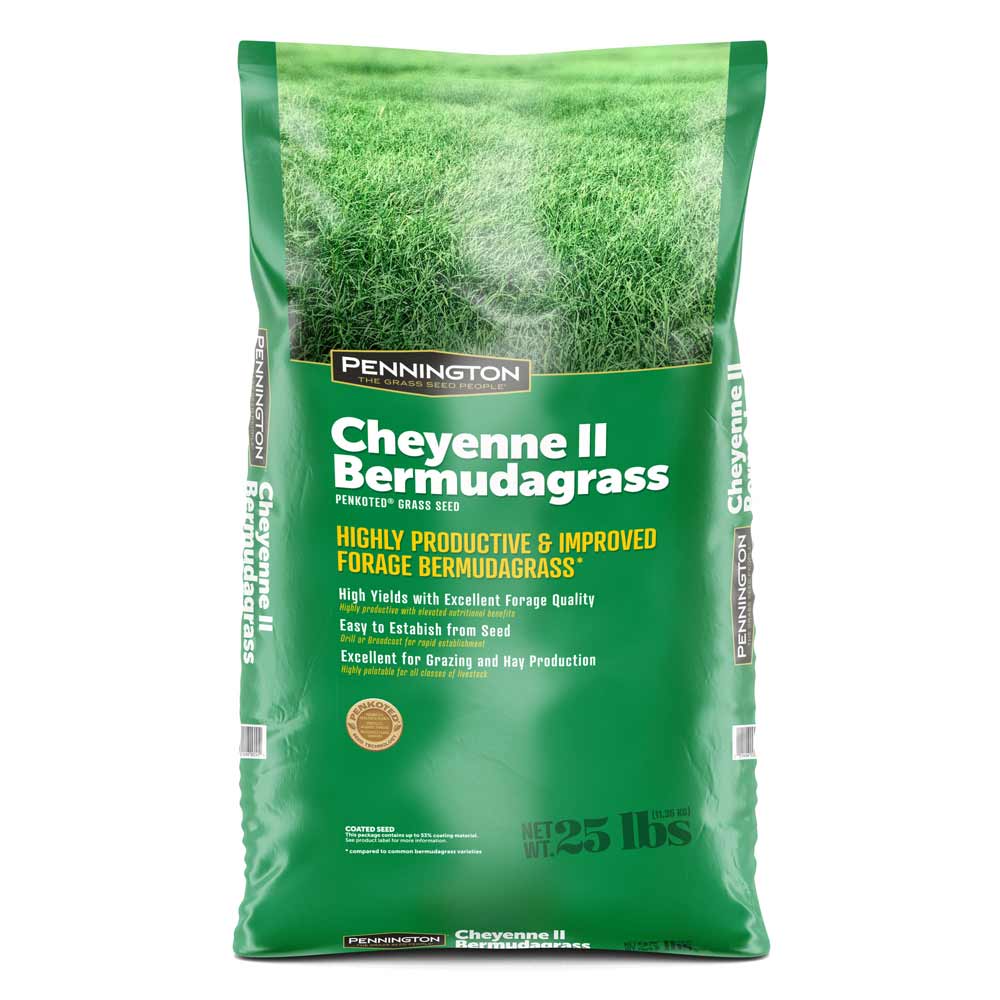
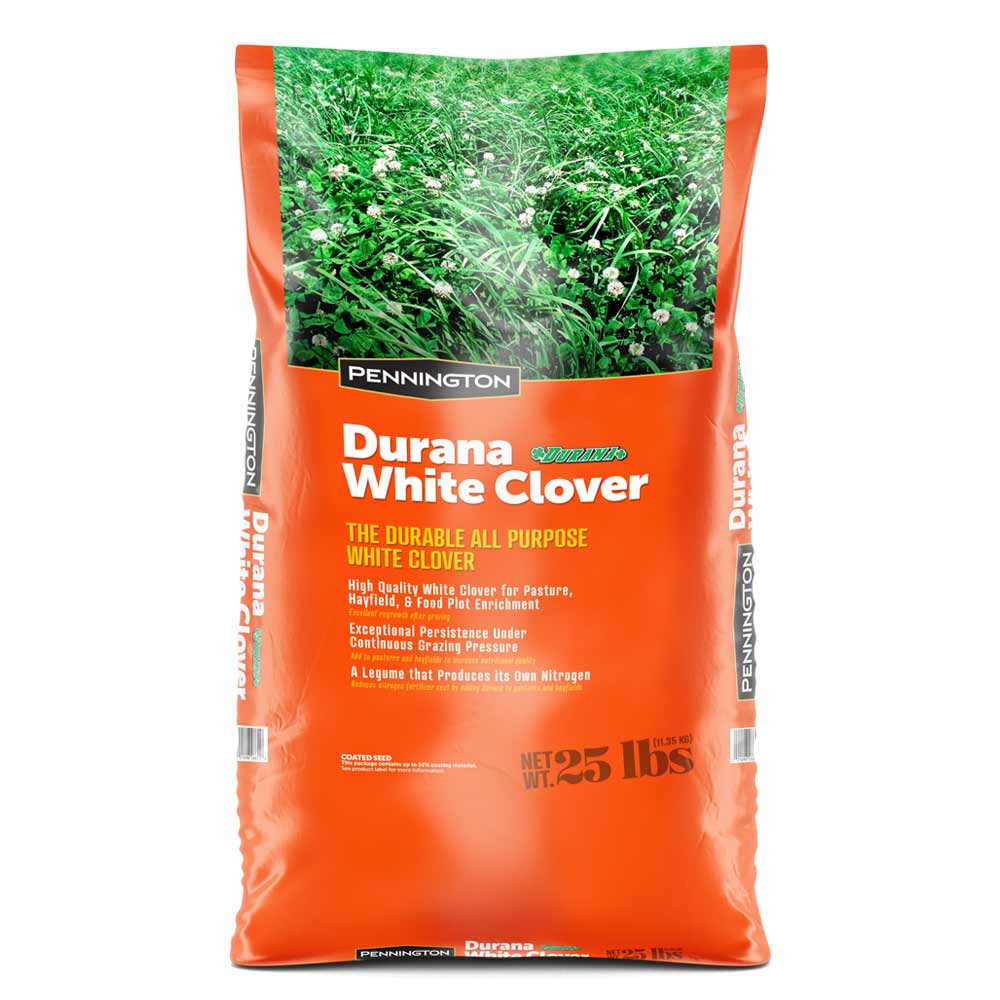
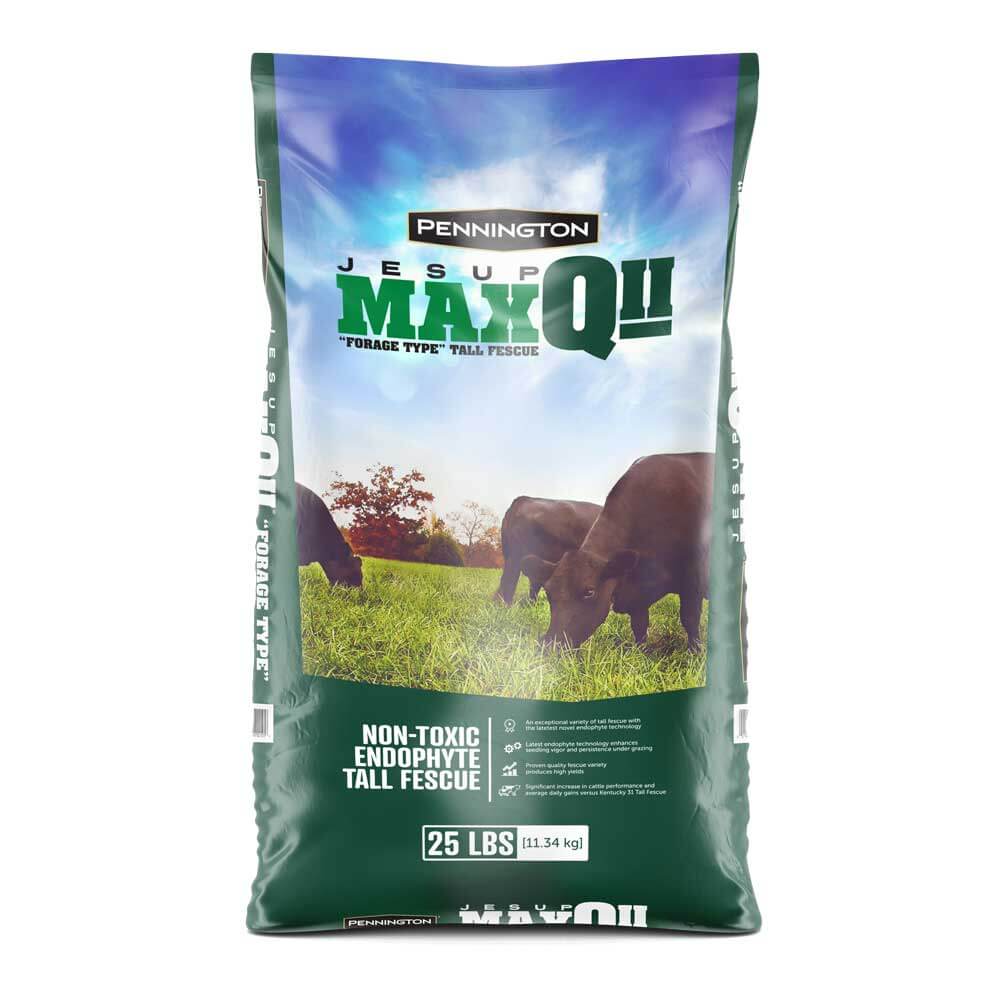
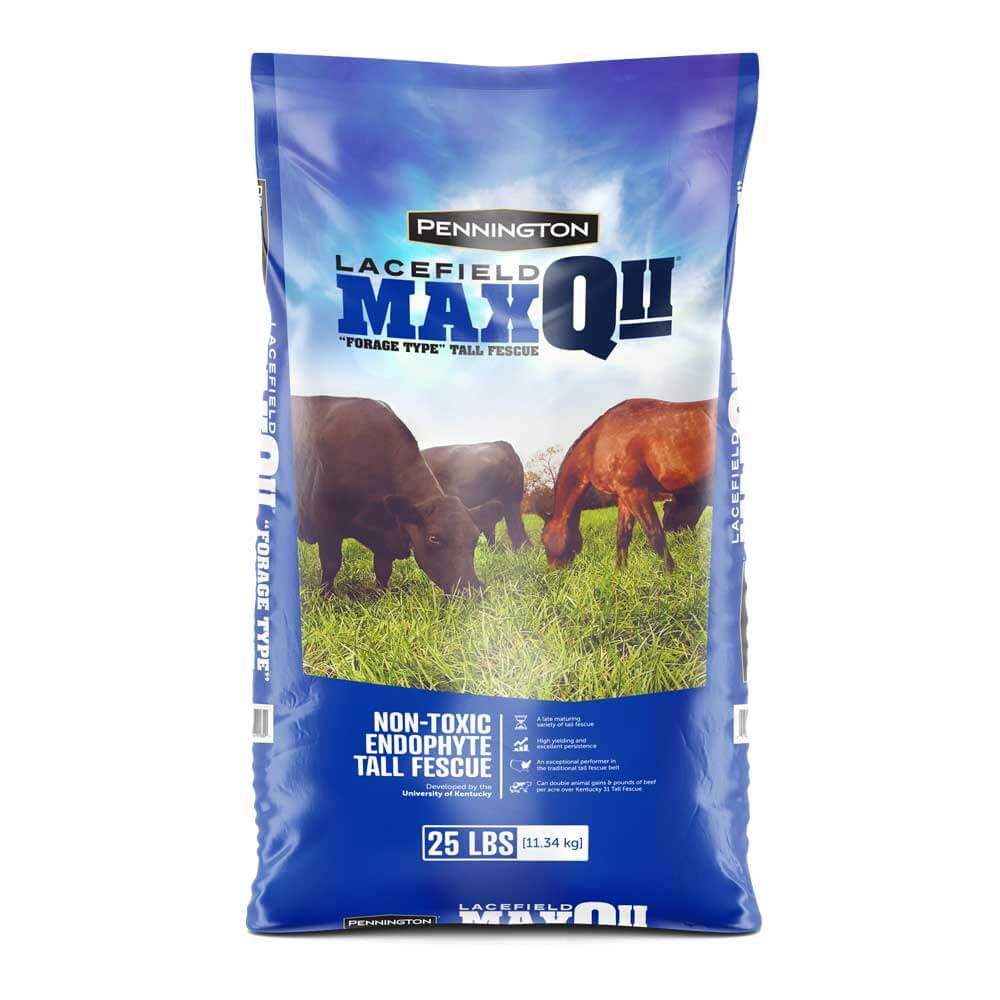
.jpg)
